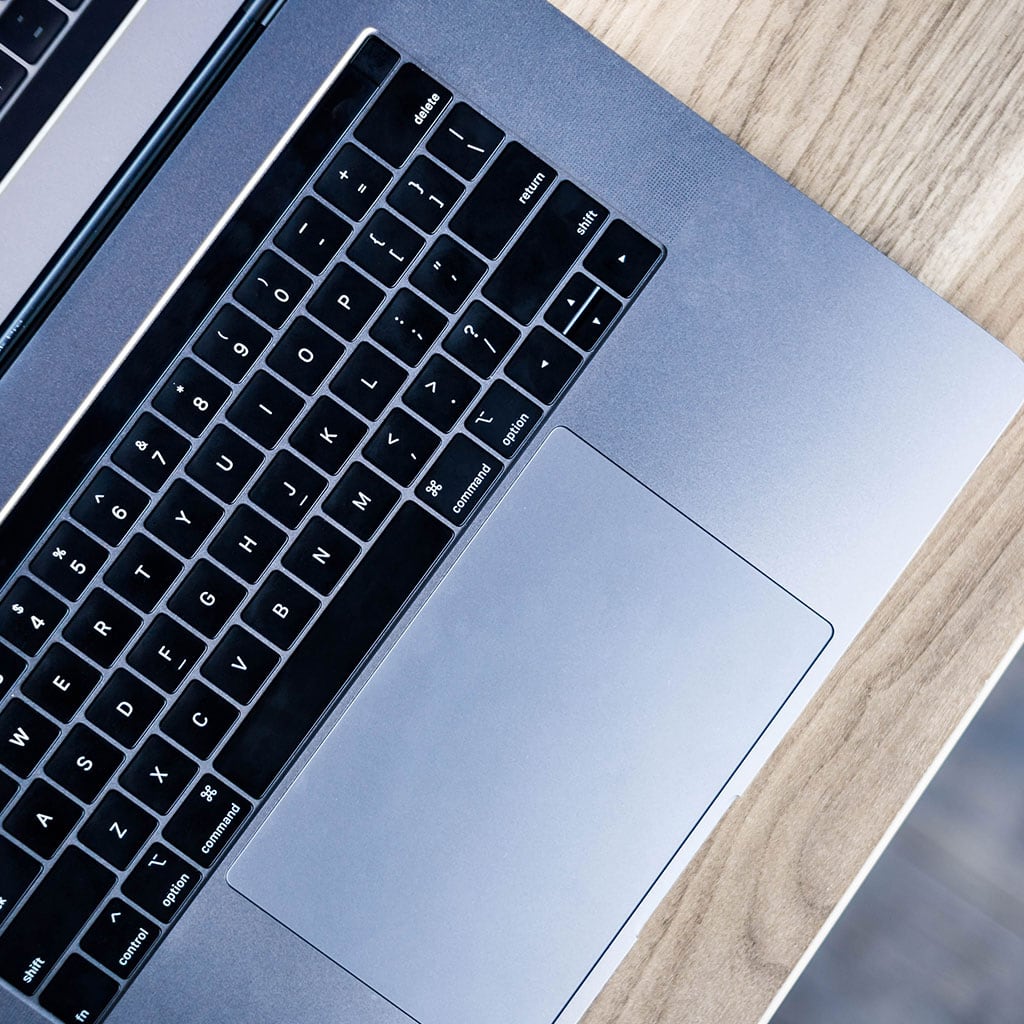How to remove a key on MacBook Pro?
How to remove a key on MacBook Pro?
Learn how to safely remove a key from your MacBook Pro keyboard for cleaning or repair purposes with step-by-step instructions and precautions to maintain your device.
Unleash the magic of MacBook Pro! Learn the secret art of key removal.
Removing a key from a MacBook Pro keyboard can be done carefully with the following steps:
Caution: Before starting, be gentle to avoid damaging the key or keyboard components.
- Gather Necessary Tools:
- Get a small flathead screwdriver or a plastic prying tool. Ensure it’s small enough to fit under the keycap without causing damage.
- Position Yourself:
- Find a well-lit and stable workspace. Tilt the MacBook Pro to let the key face you directly.
- Lift the Key:
- Place the tool’s edge beneath one corner of the keycap. Gently lift upwards. There might be some resistance due to small clips holding the key in place.
- Work Slowly:
- Gradually move the tool around the edges, releasing the clips holding the key. Avoid applying excessive force to prevent damaging the clips or the keycap.
- Detach the Key:
- Once the clips are released, the keycap will pop up. Lift it carefully, making sure not to yank or force it abruptly. There might be a silicone membrane underneath—be cautious not to damage it.
- Cleaning or Repair:
- Clean the keycap and the exposed area beneath it using a soft, lint-free cloth or compressed air if needed.
- For repair purposes, examine the key mechanisms or the underlying parts if there’s a functional issue. Make necessary adjustments or replacements as required.
- Reattaching the Key:
- To reattach, align the keycap above the key switch. Gently press down until you hear a soft click, indicating the clips are securing it in place.
- Test the Key:
- Press the key a few times to ensure it’s properly reattached and functions correctly.
- Repeat if Necessary:
- If you’re removing multiple keys, follow the same procedure for each one, ensuring a careful approach to prevent any damage.
Remember, while removing a key from a MacBook Pro keyboard is possible, it requires delicate handling to avoid any harm to the keycap or the keyboard mechanism. If uncertain or uncomfortable doing this yourself, seek professional assistance to avoid accidental damage to your device.
Are there any precautions or preparations required before starting the key removal process?
Before embarking on the process of removing a key from a MacBook Pro keyboard, it’s advisable to take specific precautions and make necessary preparations to ensure a smooth and safe procedure. Firstly, assess the cleanliness of the keyboard by inspecting for any loose debris or accumulation of dust around the key that you intend to remove. If there’s visible dirt or debris, use a soft-bristled brush or a clean, dry cotton swab to gently clean the area around the keycap. This step is crucial to prevent the intrusion of foreign particles into the keyboard’s internal mechanisms during the removal process, which could potentially affect its functionality.
Additionally, it’s essential to gather the appropriate tools for the key removal process. Opt for specialized tools, such as a small, non-conductive or rigid prying tool designed for delicate tasks like removing keycaps. Avoid using conductive or sharp tools that could cause damage to the keyboard or key mechanisms. If unsure about performing the task yourself or lacking repair experience, consider seeking professional assistance or guidance. Some intricate repairs or cleaning procedures may require specific expertise, and attempting them without the necessary experience could risk causing damage that might necessitate professional repair later. Therefore, exercising caution, using suitable tools, and assessing one’s level of comfort and expertise before initiating the key removal process are crucial to prevent inadvertent damage to the MacBook Pro keyboard.
How can users ensure the keycap is securely reattached without causing any damage?
Ensuring the secure reattachment of a keycap to a MacBook Pro keyboard after removal involves a few essential steps to prevent damage while ensuring proper alignment and attachment. Firstly, before reattaching the keycap, examine the area beneath it for any loose debris or residual dirt. Use a clean, dry cotton swab or a soft brush to gently remove any remaining particles that could hinder the key’s alignment or attachment. Clearing the area beneath the keycap is crucial to maintaining a clean and unobstructed surface for the keycap to sit securely without any impediments.
When reattaching the keycap, ensure it aligns correctly with the underlying mechanisms. The keycap should be positioned directly above the key switch. Apply gentle pressure to the center of the keycap, gradually pressing down until it audibly clicks into place. Avoid exerting excessive force or sudden movements that might damage the key or its internal mechanisms. It’s advisable to use a non-conductive or rigid tool if additional pressure is required, ensuring the tool is appropriate and won’t cause any damage. Avoid using conductive or sharp tools that could scratch or harm the key or keyboard. Finally, test the key by pressing it a few times to ensure it’s securely attached and functioning correctly without any sticking or unusual behavior. If uncertain about the reattachment process or concerned about potential damage, seeking professional repair assistance is recommended to ensure a secure and proper keycap reattachment without causing any harm to the MacBook Pro keyboard.





You must be logged in to post a comment.